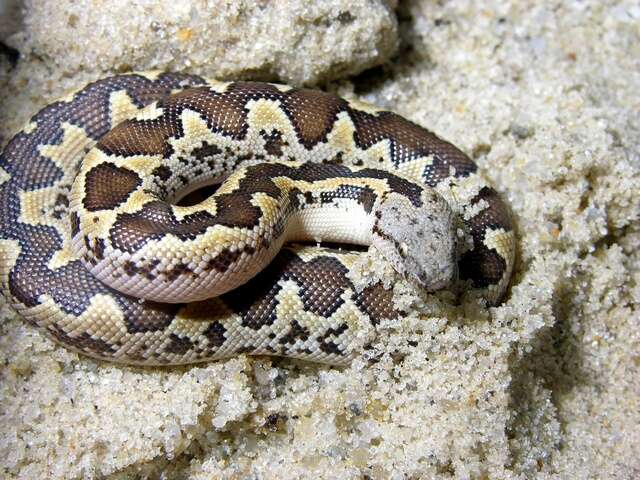en
names in breadcrumbs



Eryx (Sand Boas) is a genus of snakes in the family sand boa. They are listed in cites appendix ii. They are carnivores. They have sexual reproduction. Reproduction is oviparous.
EOL has data for 19 attributes, including: